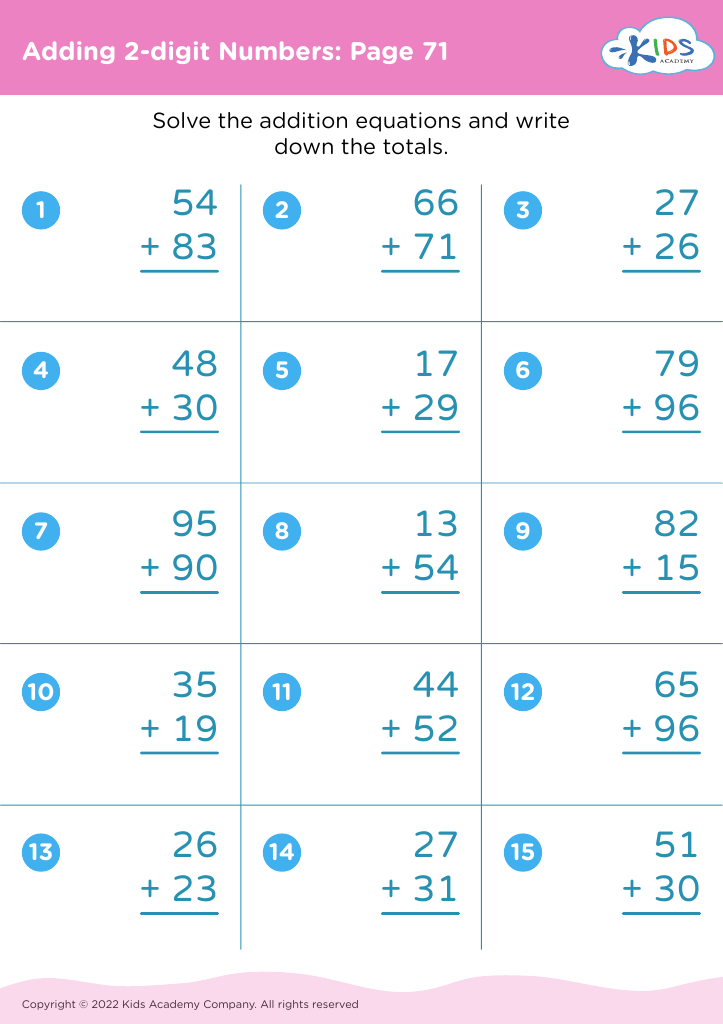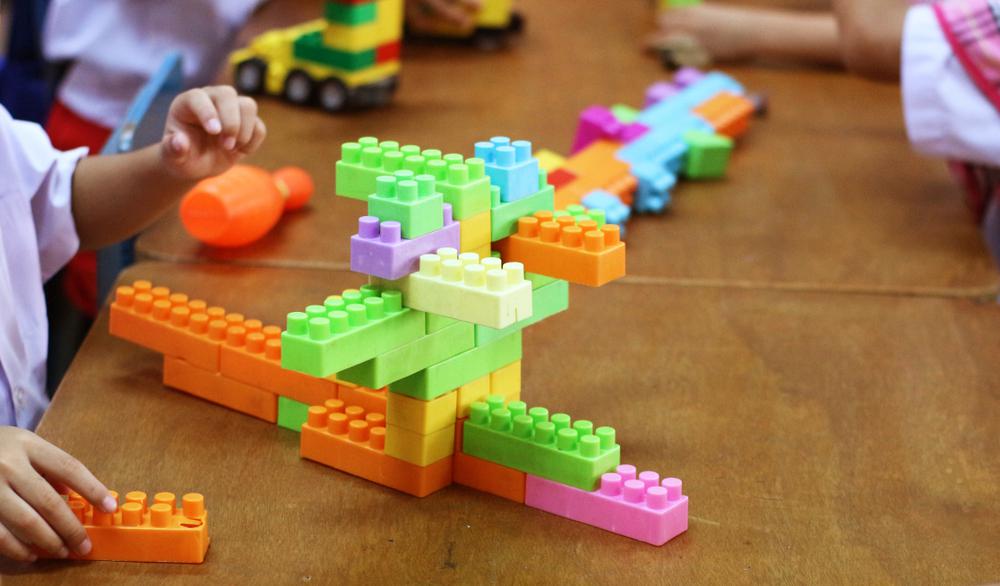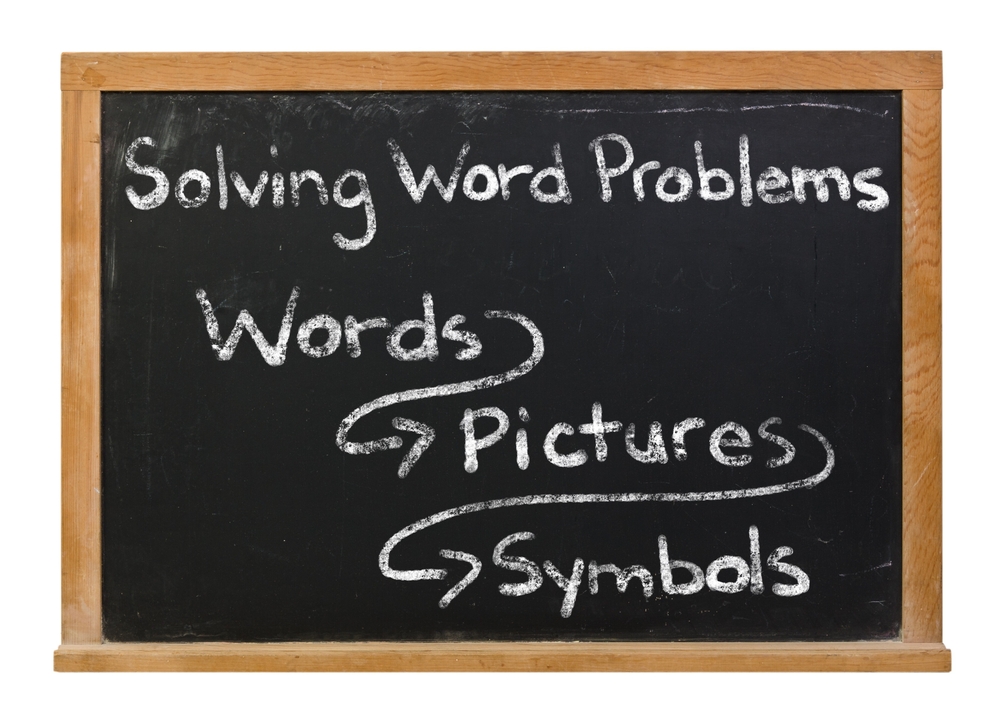Improving observation skills Worksheets for Ages 5-9
8 filtered results
-
From - To
Enhance your child's observation skills with our engaging worksheets designed for ages 5-9! These printable activities offer a fun and interactive way for young learners to sharpen their attention to detail, critical thinking, and problem-solving abilities. Crafted to align with developmental milestones, each worksheet features captivating visuals and intriguing exercises that promote exploration and curiosity in everyday scenes. Ideal for both classroom and home settings, our worksheets encourage children to observe, compare, and analyze while developing essential cognitive skills. Foster a love of learning and boost your child's observational acumen today with our collection of educational resources!


Find Uppercase Letters P, Q, and R Worksheet
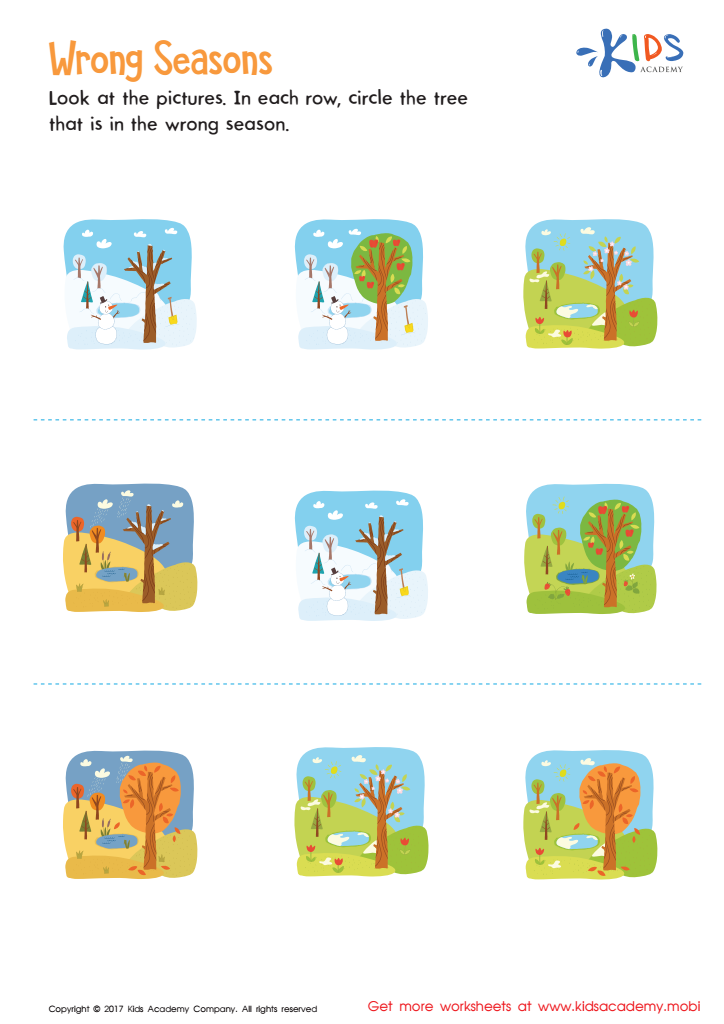

Wrong Seasons Worksheet
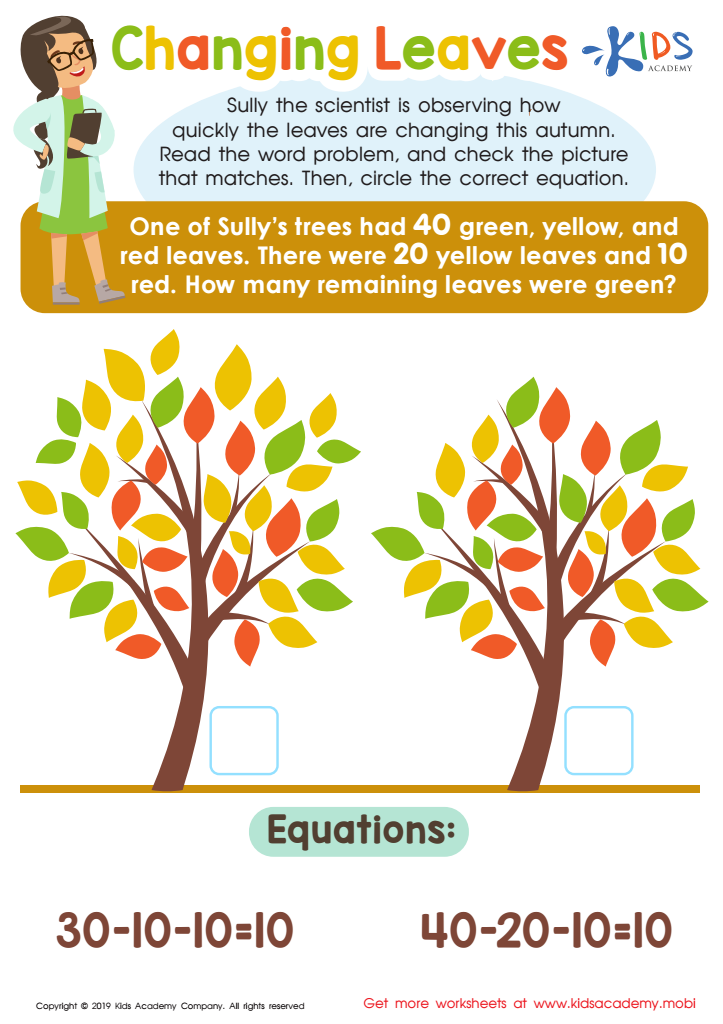

Changing Leaves Worksheet


Measuring with Blocks Worksheet
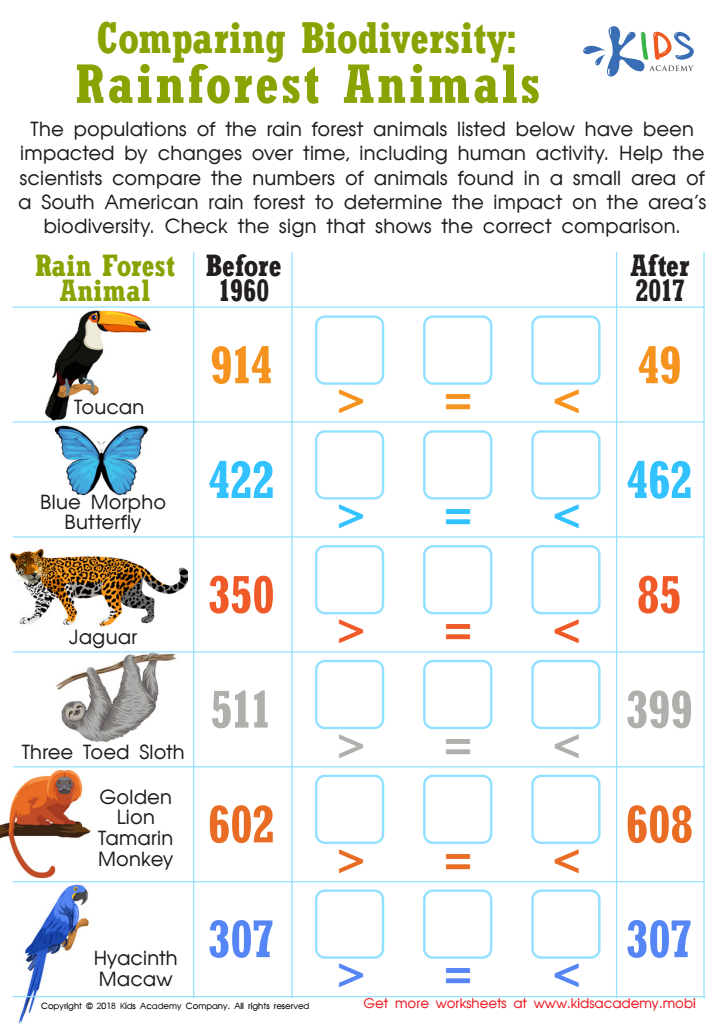

Comparing Biodiversity: Rainforest Animals Worksheet
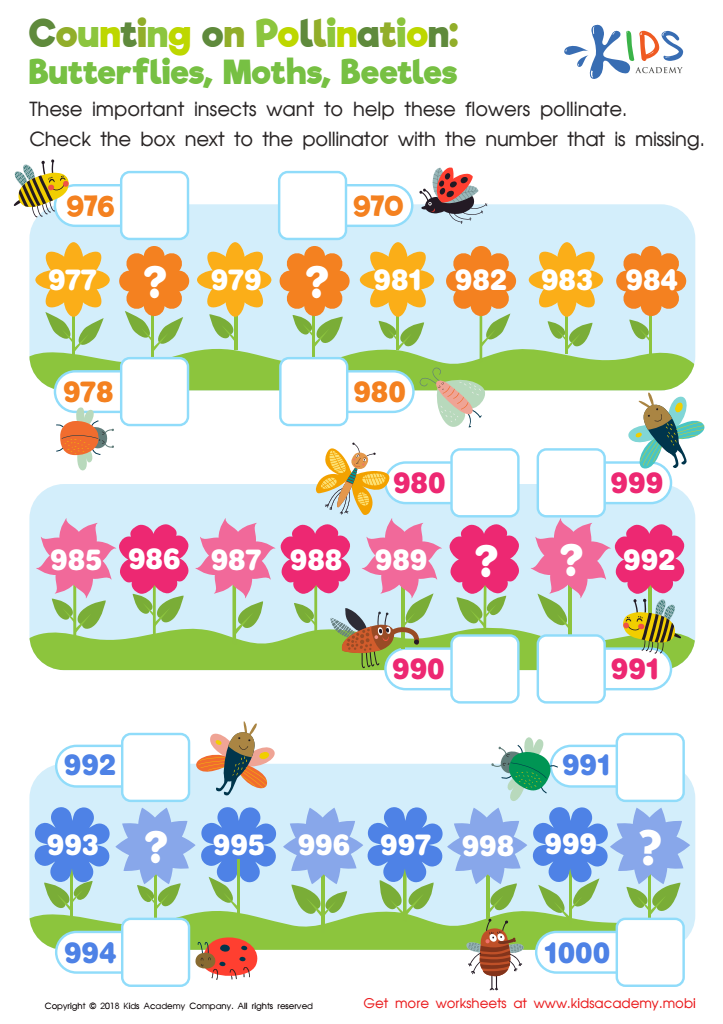

Counting on Pollination: Butterflies, Moths, Beetles Worksheet
Improving observation skills in children aged 5 to 9 is crucial for their overall development and learning. At this age, children are naturally curious, and honing their observation abilities allows them to engage more deeply with their surroundings. Enhanced observation skills foster critical thinking, as children learn to notice details, patterns, and relationships, enabling them to draw connections and develop their analytical abilities.
Furthermore, strong observation skills promote emotional and social development. As children learn to observe their peers, they become more attuned to social cues and emotions, fostering empathy and improving their interactions. This helps build healthy relationships and enhances collaboration in group settings.
From an academic standpoint, observation skills are foundational for subjects such as science and reading. Scientific inquiry relies on observing and questioning, while comprehension of texts often hinges on noticing context, details, and nuances within stories. By prioritizing observation, parents and teachers lay a robust groundwork for lifelong learning.
In essence, nurturing observation skills not only aids cognitive development and academic readiness but also shapes children into perceptive and socially aware individuals, ready to navigate the complexities of the world around them. It’s an investment in their future success and well-being.
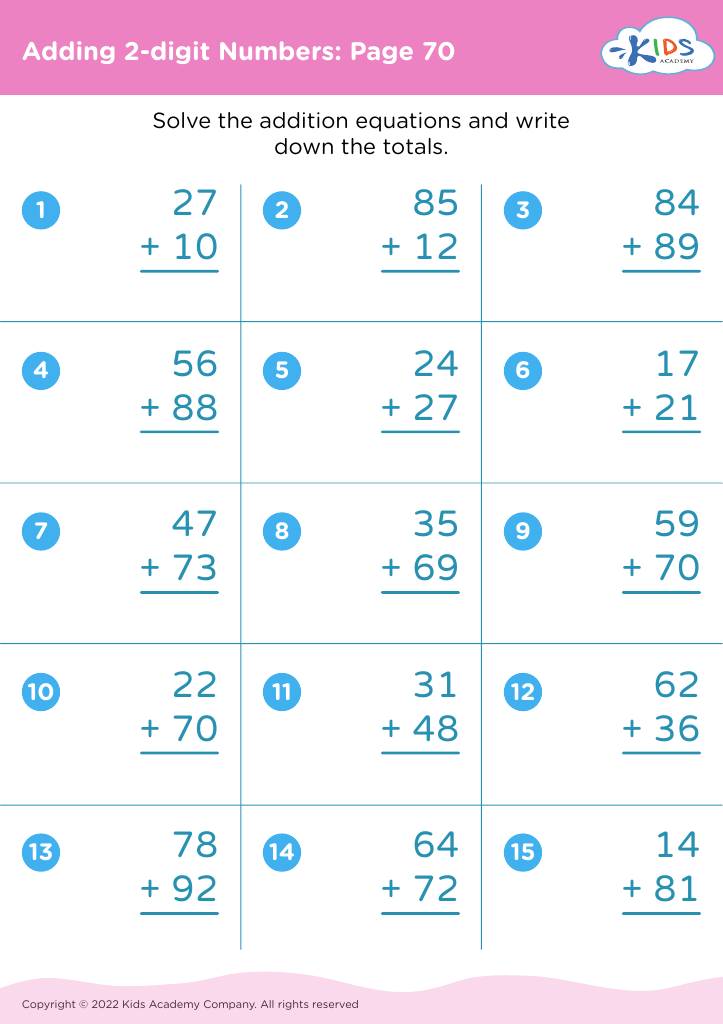

 Assign to My Students
Assign to My Students
